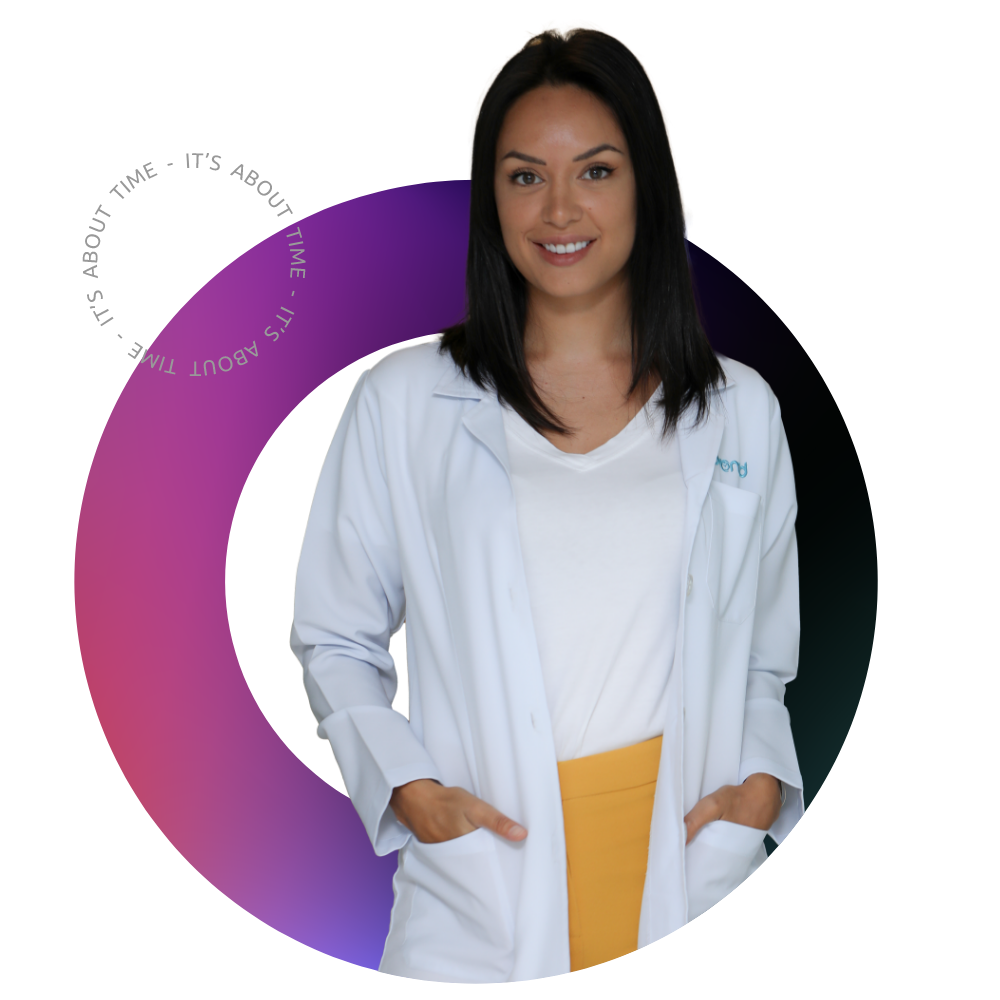Sever’s disease is a frequent cause of heel pain in children. The condition is characterized by inflammation of the growth plate in the heel bone (calcaneus) and typically occurs in late childhood or adolescence. Young athletes are particularly susceptible, especially those who play sports that involve a lot of running, like soccer, football or basketball.
Causes of Sever’s Disease
Roughly between the ages of 6 and 16, the heel bone is separated into two parts by a soft cartilaginous growth plate (secondary ossification center). This tissue is located at the back of the heel and is the Achilles tendon’s insertion. The bottom part of the heel growth plate serves as the attachment of the plantar fascia (the most important ligament of the plantar arch). In Sever’s disease, the Achilles tendon and plantar fascia both pull on the heel as if engaging in a tug of war.
When excessive tension and stress occur at the junction of the two bony portions of the heel, the growth plate experiences inflammation and symptoms associated with Sever’s disease may emerge. Thus, any condition that causes excessive stretching of either the Achilles tendon or the plantar fascia can trigger Sever’s disease. Excessive tension at this site can often be attributed to poor foot mechanics or structural problems of the feet that lead to faulty movement or abnormal gait.
Aggravating Factors
- Improper exercise technique and overtraining
- Sports that involve a lot of running, sharp turns or jumping
- Unsuitable footwear
- Being overweight
- Rapid growth spurts
Finally, if the cause of the problem is not addressed, the condition can evolve from Sever’s disease into Achilles tendonitis or plantar fasciitis.
Treatments for Sever’s Disease
Plantar orthotics:
Plantar orthotics are necessary when biomechanical factors are at fault. These devices optimize the child’s foot mechanics and reduce excessive tension at the growth plate caused by the plantar fascia and the Achilles tendon. Plantar orthotics speed up healing, help prevent recurrence and Sever’s disease facilitate the continuation of sports activities.
Physical therapy:
- Taping: Therapeutic tape is used on the foot and leg to temporarily relieve tension at the growth plate caused by the plantar fascia and the Achilles tendon.
- Manipulative therapy: Gently mobilizes the bones and joints of the foot to help them realign and to reduce swelling.
Stretching exercises:
The podiatrist may recommend specific exercises to help improve the patient’s condition.
Prevention
- If the child already wears prescribed orthotics, they must continue wearing them daily for preventive purposes.
- Act at the first sign of pain to prevent long-term problems
- The child should warm up well before doing physical exercise.
- After exercising, it’s important to stretch the calves and the backs of the legs.
- Children should vary their sports activities and schedule rest days.
- Avoid shoes that are very flat and lack cushioning at the heel.
Biomechanical Assessment
Biomechanical assessment is a process used by podiatrists as a way of analyzing the function of the foot and lower limb, to determine any contributing factors to foot pain or injury.
The podiatrists will look at the lower limb and associated structures singularly, and as a whole and will assess the structure and function of your lower limb when non-weight bearing, standing and whilst walking.
They will maneuver the joints to look at their quality and range of motion. They will assess soft tissues for any weakness or wasting.
Your podiatrist will be looking at the different angles of each structure in relation to each other and determine any asymmetries. A gait analysis may be performed, and it involves you walking on a treadmill whilst being video recorded.
Once the assessment has been conducted, your podiatrist will discuss their findings with you and construct a relevant treatment plan for your Sever’s disease.
This may include:
- Orthoses
- Footwear advice
- Activity modification
- Referral for physiotherapy:
- Exercise program
- Balance rehabilitation
- Referral for further imaging


























